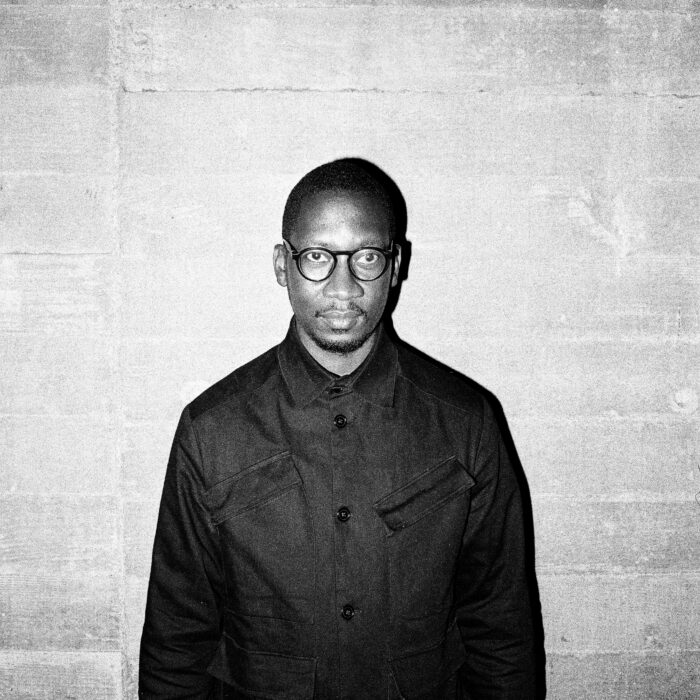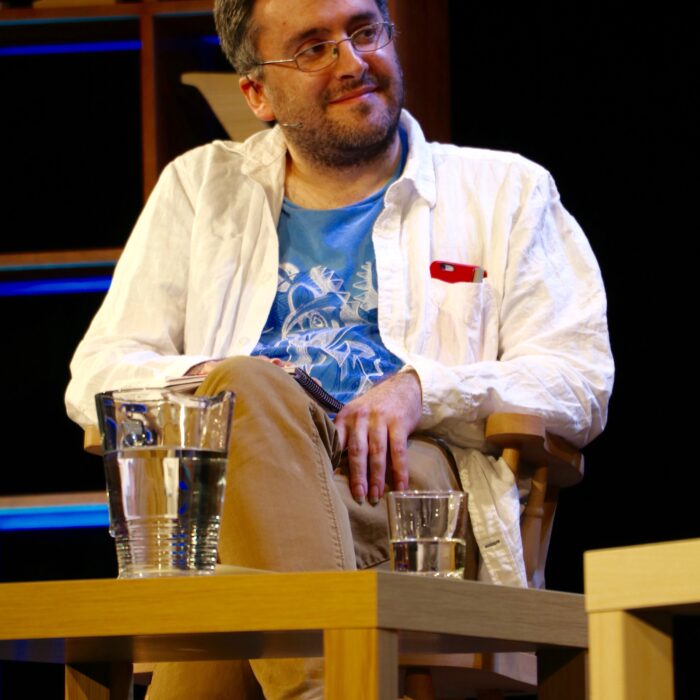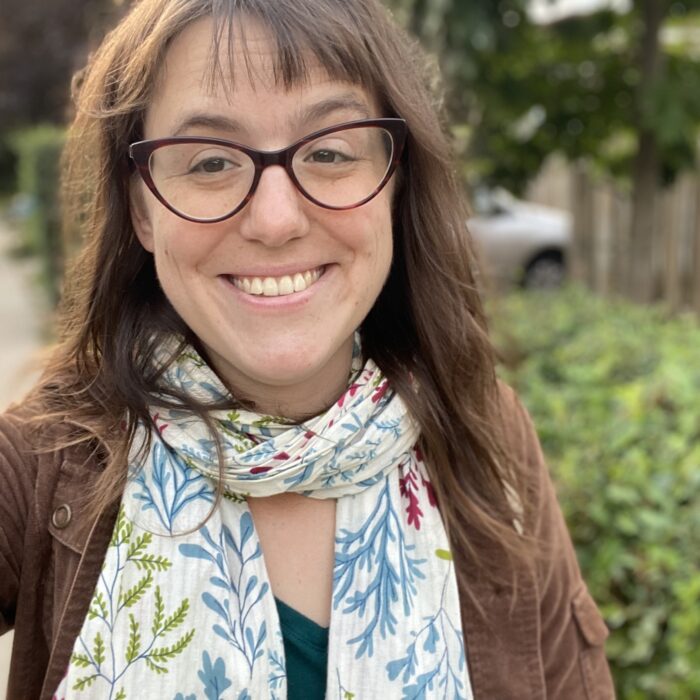You have no items in your cart. Want to get some nice things?
Go shopping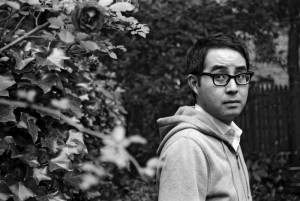
Adrian Tomine is an American cartoonist and illustrator whose distinctive, meticulous and elliptical style, complete with strikingly realistic characters and minutely observed dialogue, has earned him the label of “one of the greatest graphic novelists of our time”. Tomine’s comics delve into the lives of characters struggling with ingrained flaws and loneliness, striving to communicate or even connect with those around them: the eagerness of "Summer Blonde" (Summer Blonde)'s protagonist to bond with an attractive shop assistant soon leads to stalking; a young lady in "The Connecting Thread" (in Sleepwalk) is driven increasingly paranoid by personal ads she is convinced are addressed to her. These stories are sometimes melancholic and disturbing, but always deeply human, crafted with a deep sensitivity and honesty in the absence of conclusive resolutions.
Tomine self-published his series Optic Nerve while still at high school, and they are now published in issues by Drawn & Quarterly. His published comic books include Sleepwalk (1997); Summer Blonde (2002); Shortcomings (2007), Tomine's longest work yet, which details the failed relationships of neurotic Asian American Ben Tanaka; and Scenes from an Impending Marriage, a collection inspired by his wedding preparations, released earlier this year. Tomine's illustrations also appear on the covers and pages of the New Yorker. With the twelfth issue of Optic Nerve set to appear next month, I speak to the man himself about his influences, his evolving style and his creative process.
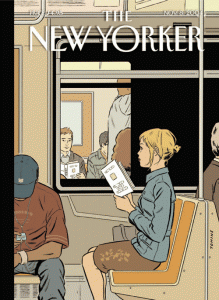
In many ways, comics are like films on paper. Which filmmakers would you say have influenced your visual sense?
I don’t know that any filmmakers have really influenced my visual sense, at least not as the result of a conscious effort on my part. Applying cinematic techniques to cartooning is kind of setting yourself up for failure, because at best you can only approximate or translate many of the qualities that make movies so exciting. But certainly there are many filmmakers that I’ve admired and studied in terms of content and writing. A few that spring to mind: Mike Leigh, Woody Allen, and Yasujiro Ozu.
The narration and dialogue in your work displays a flair for language and an ear for dialogue. Do you ever write prose?
Yes, I’m interested in other forms of writing like prose fiction and screenwriting, but I’m most focused on cartooning right now.
Which comic releases have you enjoyed reading so far this year?
The Death-Ray by Daniel Clowes. I also just got a big stack of comics from a London publisher called Nobrow Press, and I thought it was really beautiful stuff. I’m not sure which volumes came out this year, but I love some of the comic strip reprint projects that are going on now, like Walt & Skeezix, Little Orphan Annie, and Peanuts.
Your work has been compared to Raymond Carver a number of times, presumably because you both portray characters at a loss of what to do with their lives, and present issues which are often not resolved by the end of the story. Is Carver a particular influence, and are there any other authors you would list as inspirations?
I love Carver, of course, but I’m not exceptionally well-read, so I actually discovered his work when his name started popping up in reviews of my comics. I felt obligated to acquaint myself with his writing so I wouldn’t look like a total troglodyte if it came up in conversation. I read that biography of him recently, and it was fascinating, but it also made me like him a little less, both as a writer and a person. But I’m an unapologetic fan of that whole school of realistic, modern short fiction. I love guys like Richard Yates, John Cheever, Andre Dubus. I’ll go through phases where I get burned out on that stuff and then get really interested in something totally different, but those are the kinds of guys I always go back to.
What can readers expect from issue 12 of Optic Nerve?
I just turned it in to my publisher this week, so I’m not really able to look at it objectively. All I can say at this point is that it’s a return to short stories and it’s in colour. I’m a great self-promoter, aren’t I? Actually, I feel like my life has changed so much in the past few years, and for better or for worse, that’s going to be reflected in my work.
Judging by the short preview, issue 12 of Optic Nerve seems to display the less realistic, perhaps more cartoon-like drawing found in Scenes of an Impending Marriage, rather than the style evident in your earlier work. Have you made a conscious decision to move in this direction?
The art style in my comic is certainly evolving. I kind of touched on this earlier when you asked about cinema, but lately I’ve been really trying to think about the unique qualities of cartooning (as opposed to the influence of other media such as cinema, illustration, etc.) and that’s naturally affected the way I draw. That said, part of the appeal of returning to the short story format was that I didn’t have to get locked into any one particular way of working. I think it keeps the inevitable insanity that affects all older cartoonists at bay somewhat if you’re not forced to draw the same thing the same way over and over.
This will be your first comic in full-colour. Why did you decide to work in colour for this issue?
It’s something I’ve wanted to do for a long time, but I was working on my book Shortcomings for awhile, and was forced to stick with the black and white format. During that time, I started doing these little one-page colour strips for the New Yorker, and that got me even more eager to work in that way.
Was it daunting at first drawing for the New Yorker, considering the rich line of seminal illustrators they have featured, such as Saul Steinberg?
Oh, I was very intimidated, and it shows. If you find the first drawing I ever did for them, you can tell I was trying so hard that I ended up choking. I’m always grateful that they continued to give me work after that.
A man and a woman in separate subway trains share a glance. A woman receiving a delivery at her front door makes eye contact with her neighbour as he enters his shop front. A young girl cranes her neck to watch New York disappear as she is driven out of the city. Why is it that a lot of your illustrations for the New Yorker depict moments of fleeting contact?
That’s a good question! I don’t have a good answer other than maybe it’s a personal obsession or that it’s just a big part of living in a big city.
With illustration increasingly becoming a digital process, generally, how much of your work is on paper, and how much digital?
All the drawing is done by hand on paper, and the colouring is done on a computer. But even the colouring is fairly man-made. If I want a wispy cloud in the sky, I always draw it with a brush and then turn it into the appropriate colour rather than just using some of the tools in Photoshop.
You’ve said before that as far as social media goes, it’s not for you. The dialogue in your books strongly suggests you are very aware of the intricacies and minutiae of conversation. Your illustration “Facebook” depicts loads of speaking faces emanating from a woman’s computer. Is this why you dislike social media—voices fighting for attention, drowning each other out, language being stripped of subtleties?
It’s just not something I have time for anymore. Social media has already served it’s purpose for me: years ago, a friend of mine put me in touch, via Friendster, with a girl he knew in New York—and now we’re married.
Do you look back on your self-publishing days with fondness?
Yes. Not because I particularly enjoyed the grunt work of stapling comics and whatnot, but because it was the last time in my life when drawing comics was a pure hobby, unencumbered by the need to make a living.
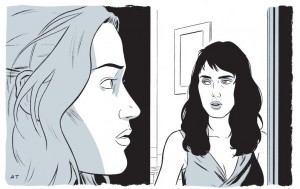
Is it correct that you used to use photos to capture facial expressions in your earlier work?
No. I’ve never used photo reference for anything other than background details like cars and architecture.
What are you working on at the moment?
An illustration for the New York Times Book Review and the next issue of Optic Nerve.
Optic Nerve: 12 will be released in the US in September. Many thanks to Adrian Tomine and the good people at Drawn & Quarterly.

